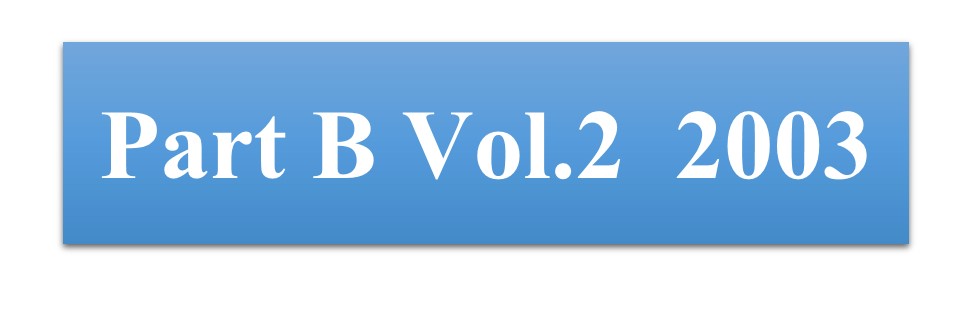Carbon Dioxide Laser Treatment of Viral Warts: A New Approach
Main Article Content
Abstract
Verrucae vulgares are commonly encountered. The present work is designed in an attempt to build a systematic procedure for treating warts by carbon dioxide laser regarding dose parameters, application parameters and laser safety.
Patients and Methods: The study done in the department of dermatology in Al-Najaf Teaching Hospital in Najaf, Iraq. Forty-two patients completed the study and follow up period for 3 months. Recalcitrant and extensive warts were selected to enter the study. Carbon dioxide laser in a continuous mode, in non-contact application, with 1 mm spot size was used. The patients were divided into two groups. The first group of patients consisted of 60 lesions divided to 6 equal groups, in whom we use different outputs and two modes of application (helical and radial) to assess the optimal power density and the best mode of application. The second group consisted of 75 lesions treated with output of 10 W continuous mode using helical mode of application.
Results: The optimal power was found to be 10 W. In the second group of patients, after 1 - 6 passes of laser (median 2.8 pass), complete clearance of the lesion was noticed in 56 lesions with a cure rate of 74.6%. This was found in 32 (68%) recalcitrant lesions and 24 (85.7%) lesions that had no previous treatment. The main complications were scarring in 17(22.5%) lesions and hyperpigmentation in 7 (12.5%) lesions. Post-operative infection was noticed in 4 (6%) lesions that were larger than 2 cm in diameter.
Conclusion: Carbon dioxide laser therapy of recalcitrant and extensive viral warts should be considered as a viable alternative to other more traditional techniques. This treatment offers good results in eliminating the verrucae and minimizing the squeals of recurrence, scarring and the post-operative pain.




